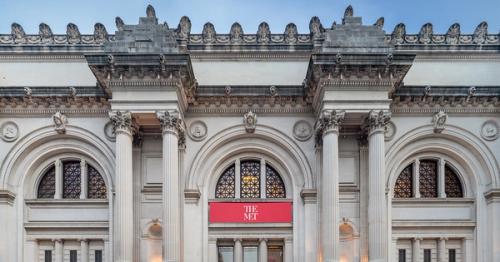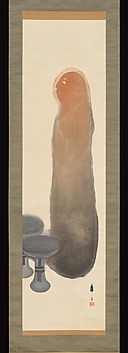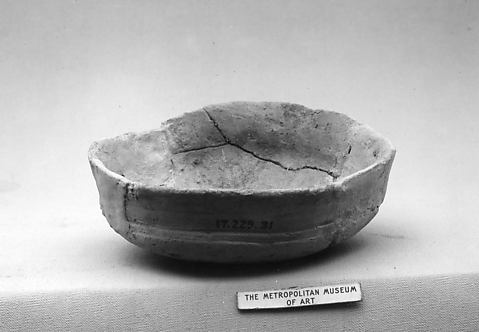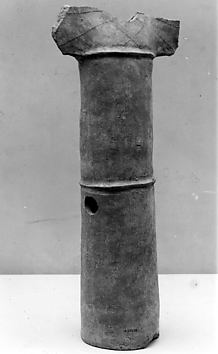If you have walked through a wood of wild ginger, forget-me-nots, and unfurling ferns, or wandered in a meadow of strawberries, yarrow, and oxeye daisies, you have had the opportunity to admire medieval plants. Sweet Herbs and Sundry Flowers is an introduction to medieval plants and gardening practices by way of the gardens of The Cloisters. In her work as assistant horticulturist at The Cloisters, Tania Bayard has become aware of the many questions visitors ask about medieval gardening. Tania addresses those questions here, providing a list of the plants in The Cloisters' gardens. The delight in reading Sweet Herbs and Sundry Flowers is the realization that the modern gardener's experience is not unlike that of gardeners one thousand years ago. Then, as now, garden plots were selected for adequate light and water drainage, the soil was prepared in the spring, noxious weeds and stones were removed, the ground was tilled and raked, and cow manure was added for fertilizer. Seeds and young plants were lovingly tended. When the plants were mature, roots, stems, leaves, flowers, and fruits were harvested for food, medicines, and various household uses. Following the fall harvest, the ground was readied for winter, and thoughts of spring were always present. How wonderful it is that we share with the medieval gardener the same labors and joys, getting our hands dirty with soil as did the ninth-century monk, Walahfrid Strabo.





















